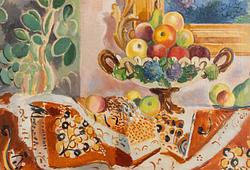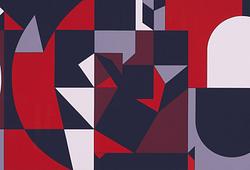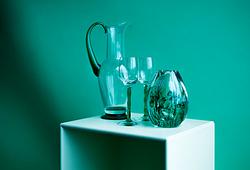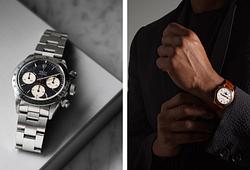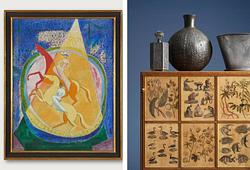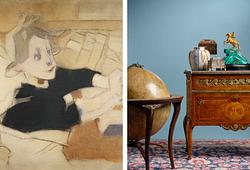Johan Niklas Byström, his studio
Baigneuse
White carrara marble. Height 152 cm (including cast concrete marbled base 242 cm).
Literature
Thure Nyman, "Johan Niklas Byström", 1939. Compare fillustration no 65, p. 161 "Baigneuse (La Source)", marble.
Henrik Cornell (ed.), "Svensk skulptur-från Sergel till 1900-talets början", 1952, Compare the sculpture pl. 12, there called "Källan" (=The well).
More information
Johan Niklas Nyström was a talented student at the Royal Swedish Academy of Fine Arts in Stockholm 1803-09. He was a student of Johan Tobias Sergel and in 1810 he received a travel grant and left Stockholm for Rome which was to become his home on and off for many years. He describes in a letter to his teacher Serge how he enjoys
s working and sculpturing in marble, hands on, with chisel, drill and rasp. Byström returns to Sweden in 1816 where he is appointed professor at the academy. He also presents the crown prince (the later king Charles XIV)with a monumental statue. He returns to Rome the following year and settles in Villa Malta on the heights outside the city. Villa Malta becomes a center of artists travelling through Rome and Byström takes part with "joie de vivre" in the high society circles of Rome. His increasingly lavish lifestyle in Rome, and later in Stockholm, would take it's toll on his financial situation. Throughout his creative career he had unofficially been competing against the Danish sculptor Berthel Thorvaldsen. Inspired by Thorvaldsen he sets out to build Villa Byström on Djurgården in Stockholm. It was to become his most romantic creation, a museum-like monument to himself, filled with his art collection, his sculptures and friezes. To meet the increasing outflow of money, Byström is forced to sell off part of his collection. The estate inventory set up after his death, lists the artworks and their placements in the galleries and halls of Villa Byström. The life-size marble sculpture "La Source", documented in literature, is listed along with six "Baigneuses" from Byström's studio. The sculpture in the auction is most probably one of these.




